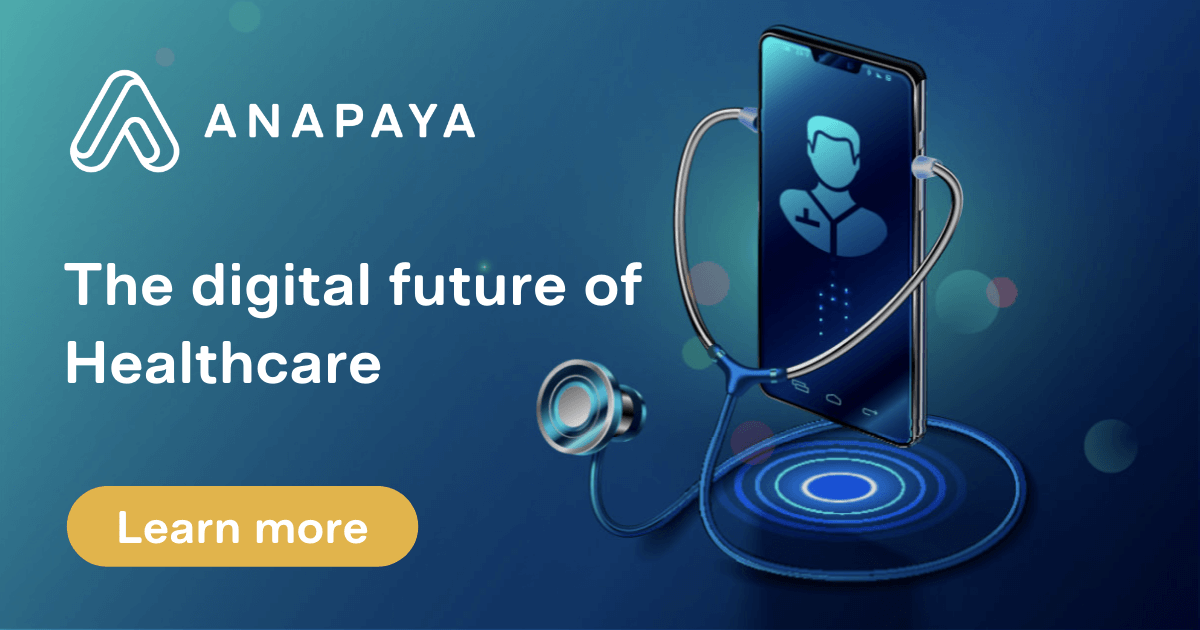The digital future of healthcare

January 21, 2021

The industry has changed - will you?
Technology has radically changed how we communicate, travel, work and live - and it’s rapidly changing how we access healthcare. With new possibilities for prevention, care and treatment, the future of life sciences is digital, but just what will change?
An industry of innovation
The life science industry is one of the most affected by technological advancement. When healthcare professionals and organisations gain access to new tools, techniques and solutions, patients around the world prosper. The faster doctors, nurses and specialists can address the needs of patients; the more effective and productive the industry as a whole will be.
Here are a few ways the healthcare industry is digitally changing.
Digital applications will become crucial - 2020-2021
According to ID Medical, digital applications on mobile devices will be able to deliver digitally-enabled therapy for depression and anxiety disorders. This will expand to include other forms of delivery, such as virtual and augmented reality treatments.
The NHS has also stated that they aim to provide access to their healthcare plans from an application. This will enable people to manage their own health needs or help them locate the appropriate service for their needs.
Specialist cyber assessments and doctor appointments 2022-2030
The demand for digital doctor appointments has gone up dramatically following the Covid-19 pandemic. In response, healthcare professionals are beginning to utilise digital technology to serve patients better.
The NHS estimates that by 2022 specialists will be ‘one click away’ from patients who can be instantly referred to them online, with accompanying images and analytics for an adequate diagnosis. In fact, by 2023, photos will be able to be digitally recognised and diagnosed, automatically connecting patients to the suggested specialist. The NHS has also estimated that digital consultations will be the primary means of serving patients by 2030.
Wearable devices will monitor personal health and customise nutrition 2025 - 2030
Wearable devices are becoming more sophisticated every day. This trend is expected to continue, providing instant data for their users. By 2025, wearable or implantable health monitoring devices will likely be able to analyse gut bacteria and tailor a diet plan that fits your unique DNA and metabolism.
By 2030, these devices are predicted to be so accurate in their reading that they will recognise significant symptoms early and accurately. They will then provide this data to the appropriate healthcare professionals to keep people healthy and safe.
Healthcare drones will be deployed 2035 - 2040
Drones will be deployed by 2035 to collect bio-samples as needed and deliver them to medical centres for testing. By 2040, drones will be able to be sent ahead of ambulances to provide emergency healthcare to critical patients. In addition to this, the NHS has predicted that most ambulances will take the form of ‘quadcopters’ driven by GPS data.
A point of international vulnerability
While these innovations and technological achievements are, undoubtedly, miraculous, there lies a disturbing threat in their widespread application. Each of these solutions has a heavy reliance on data, online communication and patient information.
The life science industry is already under serious threat of cybercrime and nation-state cyberattacks. Organisations using these innovations may inadvertently put their patients and businesses in more danger than ever before. The implications of a rogue, flying ambulance, a drone delivering the wrong medical payload or extremely personalised patient data being leaked online has serious consequences.
The future of secure connectivity
Security and control are significant hurdles for the Internet, where there are limited control and protection over data. Border Gateway Protocol (BGP) hijacking, Denial of Service (DDoS) attacks and simple network outages are beyond the control of users.
However, Anapaya’s Next-Generation Internet represents a fundamental departure from today’s routing-table, more than 30 years old routing protocol based Internet. It dramatically increases the reliability of the communication with multipathing, avoids losing control of the data’s path and offers immunity from BGP hijacking. Additionally, it supports life-sciences' compliance efforts with a strict data path control. With this capability, the sender of the information can choose which regions of the world the packets will traverse, making sure it does not cross unwanted areas.
Life science organisations, which increasingly rely on digital data and the protection of such, would find significant advantages in using this solution, which offers unparalleled security and reliability.
Join the next generation of network security
If you’re in the life science industry, or any organisation that finds value in protecting their data, consider Anapaya’s solutions.
Anapaya is a Swiss company whose goal is to create a better way to connect for everyone. We offer Next-Generation Internet capabilities and are, to date, the most reliable and secure connectivity solution available for public communication. Unlike the traditional internet or many other options available, Anapaya can guarantee a more confident, better performing and more flexible connectivity experience.
Contact us today to find out more about the next generation of the internet and gain access to a better way to connect for you, your clients and the future.
